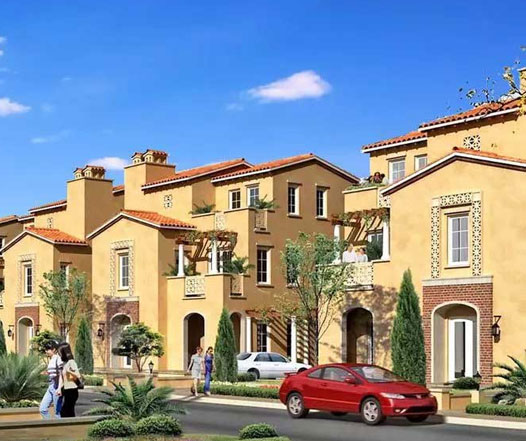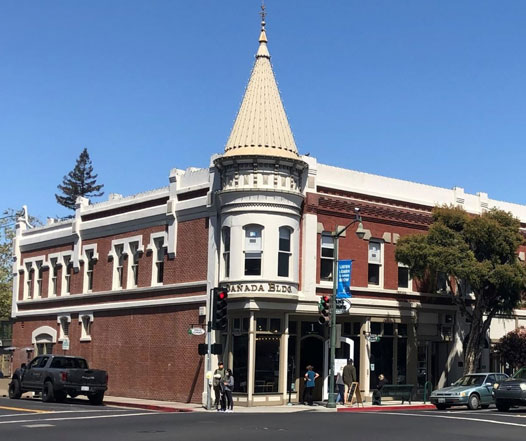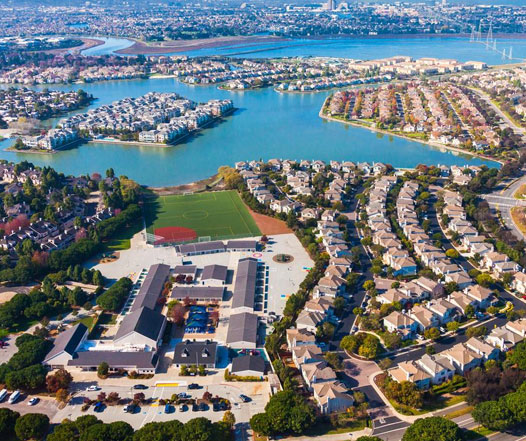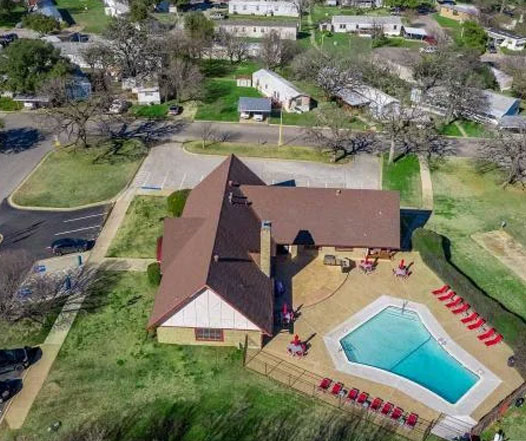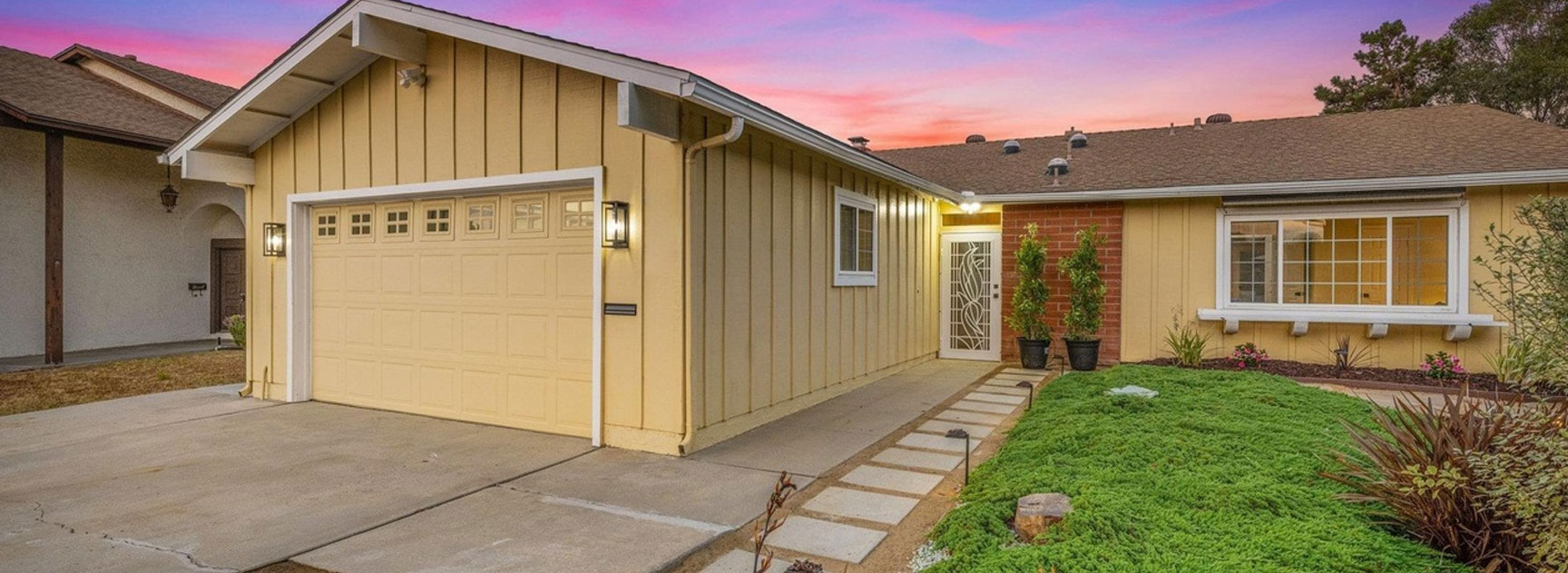
Introduction
Building a home addition in Livermore can serve multiple purposes. However, no matter what your objective might be, you will need to follow different rules and regulations. Following these regulations will allow you to get the necessary permits on time. Here we will look at the different ideas that you should know about.
Vital Guidelines for Home Additions in Livermore
Understanding the guidelines for home additions in Livermore is crucial to ensure that your project is successful and complies with local regulations. Here are the key points to consider:
What is Permissible
Maximum Addition Size
Livermore allows home additions up to 800 square feet, providing ample space to expand your living area while maintaining the neighborhood’s character.
Height Restrictions
Home additions can be up to 25 feet high, ensuring that new structures blend well with the existing skyline and do not overshadow neighboring properties.
Setback Requirements
Must be 10 feet from the front and 5 feet from the side, maintaining a uniform look in the neighborhood and ensuring enough space between buildings for safety and aesthetics.
Floor Area Ratio (FAR):
Additions must maintain a FAR of 0.5, balancing the building’s footprint with the overall lot size to prevent overcrowding and maintain open spaces.
Permitting Process Timeline
Standard
The standard permitting process takes about 6 weeks, providing a clear timeline for planning your project.
Historic Property
Permits for historic properties take around 8 weeks, as these projects require additional review to preserve the historical integrity of the building.
Crucial Zoning Regulations in Livermore
It is also important that you follow the relevant zoning regulations in Livermore. These guidelines tell you what you can build and where you can build. Here are some of the size limitations of home additions in Livermore.
Size Limitations for Home Additions
| Zoning District | Maximum Addition Size | Notes |
| R-1 | 800 sq ft | Single-family homes |
| R-2 | 1,000 sq ft | Multi-family homes |
| R-3 | 1,200 sq ft | Must maintain open space requirements |
Height Limitations
- Single-family zones: Home additions can be up to 25 feet high, ensuring that new structures do not overpower existing homes and blend seamlessly into the neighborhood.
- Multi-family zones: Additions can reach up to 35 feet, allowing for more flexibility in multi-unit buildings while maintaining a consistent look.
Building Coverage Rules
Buildings can cover up to 40% of the lot, leaving enough open space for yards, gardens, and other outdoor activities, which contribute to the neighborhood’s aesthetic and functional appeal.
Location Requirements
- Front additions: Must be set back 10 feet from the property line, ensuring that the streetscape remains open and inviting.
- Side additions: Require a 5-foot setback from the property line, providing enough space between buildings for safety and privacy.
- Rear additions: Must be 15 feet from the rear property line, preserving backyard space for recreational use and outdoor living.
Exterior Details
Must match the existing structure’s design, ensuring a cohesive look that maintains the property’s aesthetic appeal and value.
Parking
Additions may require additional parking spaces to accommodate the increased occupancy and ensure that streets remain clear and accessible.
Guidelines for Obtaining Permits for Home Additions in Livermore
Proper permits are crucial for legal home additions. Obtaining the right permits ensures that your project complies with local building codes and regulations, avoiding potential fines or the need to redo work.
| Permit Type | Description | Estimated Fee |
| Building Permit | Required for structural changes | $1,200 |
| Plan Check Fee | Review of architectural plans | $300 |
| Electrical Permit | For any electrical work | $150 |
| Plumbing Permit | Needed for plumbing changes | $150 |
| Mechanical Permit | For HVAC system modifications | $150 |
| Planning Review | Ensures compliance with city plans | $200 |
| School Impact Fee | Contributes to local school funding | $400 |
Property Compliance Requirements
Ensuring your property complies with local regulations is vital. Compliance helps maintain the neighborhood’s character and ensures safety and functionality for all residents.
Parking
Adequate parking must be maintained to prevent congestion and ensure that there is enough space for residents and visitors.
Setbacks
Ensure all additions comply with setback requirements to maintain proper spacing between buildings and provide open space for landscaping and other uses.
Open Space and Yards
Maintain sufficient open space in your yard to enhance the property’s aesthetic appeal and provide areas for recreation and relaxation.
Eligible Properties for Home Additions
To determine if your property can have a home addition, you must check local zoning regulations. Understanding the zoning rules helps ensure that your project is feasible and compliant.

Other General Plan designations that may allow home additions:
- Low-Density Residential: Suitable for single-family home additions, offering a quiet and spacious living environment.
- Medium-Density Residential: Allows for more extensive home additions, providing more housing options while maintaining a balance between density and open space.
- Mixed-Use: Can include both residential and commercial spaces, offering flexibility for homeowners and businesses to coexist and thrive.
Development standards
Single-family Homes
Additions should blend seamlessly with the existing structure to maintain the property’s value and aesthetic appeal.
Multi-family Properties
Must meet specific density and design standards to ensure that the additions do not negatively impact the overall neighborhood and provide a harmonious living environment.
Historic Properties
Require special considerations to preserve historical integrity, ensuring that any additions respect and enhance the property’s historical significance.
Property Designations
- Flood Zones: Additional precautions may be necessary in flood-prone areas to ensure the safety and durability of the new construction.
- Liquefaction Zones: Structural reinforcements might be required to mitigate the risk of soil liquefaction during earthquakes, ensuring the stability of the addition.
- Historic Districts: Must comply with preservation guidelines to maintain the area’s historical character and protect its cultural heritage.
- Coastal Zone: Special permits are required due to environmental concerns, ensuring that the addition does not negatively impact coastal ecosystems and complies with coastal regulations.
Summary
These are some of the important guidelines for home additions in Livermore. When you get the help of specialist contractors, you will get quality support for managing the work according to all the relevant guidelines. This is what allows them to get the permits on time. So, get in touch with the right contractors and build the home addition that you have always wanted.
FAQs
Yes, even small additions usually require a permit to ensure they meet local regulations and building codes, ensuring safety and compliance.
The timeline varies, but most home additions take between 3 to 6 months to complete, depending on the project’s complexity and size.
Yes, but it might be disruptive. Planning for temporary living arrangements could be beneficial, especially during significant construction phases.
Setbacks are the minimum distance your addition must be from property lines, ensuring adequate space between buildings for safety and aesthetic reasons.
Check with the Livermore city planning department or look up zoning maps online. This information will help you understand what additions are permissible on your property.
FAR stands for Floor Area Ratio, a measure of building size relative to lot size. It helps regulate the density of buildings in an area.
Yes, depending on the zoning, there are specific height limits for additions to ensure they blend well with the neighborhood and do not overshadow neighboring properties.
While not always required, hiring an architect can help ensure your addition is well-designed and compliant with local regulations, enhancing the overall quality and functionality.
A historic property is one that has been designated as having historical or cultural significance. Additions to such properties must comply with preservation guidelines to maintain their historical integrity.
Yes, if it complies with height restrictions and structural requirements, adding a second story can provide significant additional living space.
Common setbacks include 10 feet from the front, 5 feet from the side, and 15 feet from the rear property lines, ensuring adequate space and privacy between buildings.
You can apply through the Livermore city planning department, either online or in person. The process involves submitting plans and paying the necessary fees.
This fee covers the cost of reviewing your architectural plans for compliance with building codes, ensuring that the proposed addition meets all safety and regulatory standards.
Yes, additional precautions and permits may be required for building in flood-prone areas to ensure the safety and durability of the new construction and mitigate potential flood risks.






